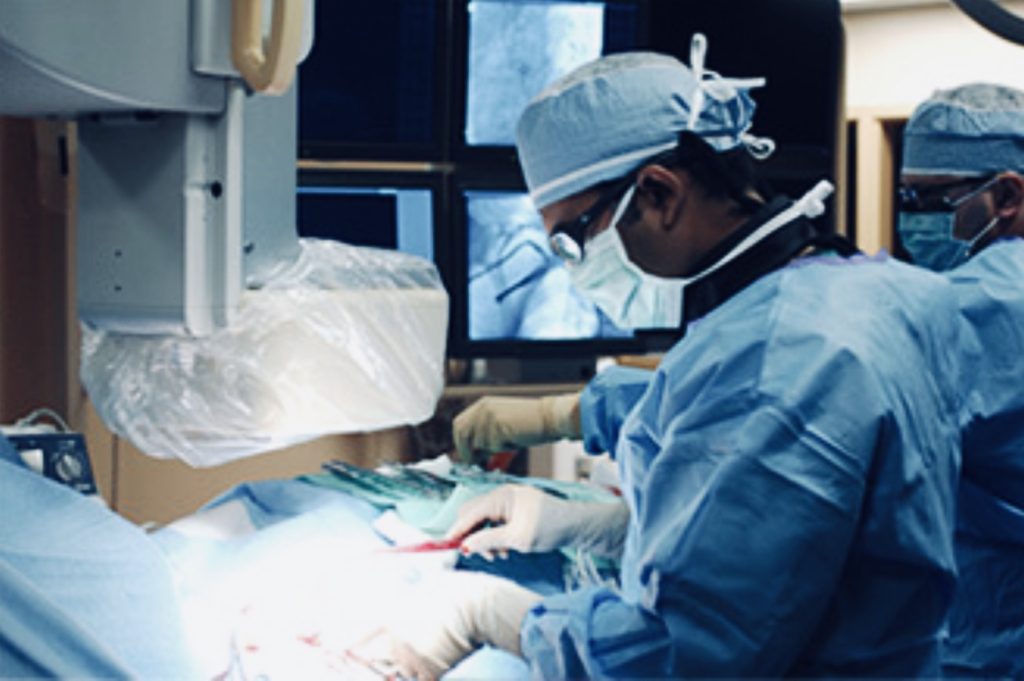
Cardiac Catheterization
Cardiac catheterization is a medical procedure used to diagnose and treat certain heart conditions. During the procedure, a thin, flexible tube (catheter) is inserted into a blood vessel, usually in the arm or groin, and guided to the heart. This allows doctors to evaluate how well the heart is functioning, identify blockages in the coronary arteries, and assess heart valves and chambers. It can also be used to perform treatments like angioplasty or stent placement to restore blood flow. Cardiac catheterization is minimally invasive and often performed with local anesthesia.
Cardiac Catheterization Preparation
1. Follow Your Doctor’s Instructions:
– Pre-procedure Consultation: Your doctor will provide specific instructions tailored to your situation. Make sure to ask any questions you may have during this consultation.
– Medication Review: Your doctor will review your current medications. You might be instructed to stop taking certain medications, such as blood thinners, a few days before the procedure.
– Allergies: Inform your doctor of any allergies, especially to iodine, contrast dye, or latex.
2. Fasting Before the Procedure:
– No Food or Drink: You will likely be instructed not to eat or drink anything after midnight on the day of the procedure. This is important to reduce the risk of complications during the procedure, particularly if anesthesia is used.
3. Medications:
– Take Prescribed Medications: You may be instructed to take specific medications with a small sip of water on the morning of the procedure. Follow your doctor’s guidance closely.
– Bring Your Medications: Bring a list of your medications or the medications themselves to the hospital.
4. Arranging Transportation:
– Post-Procedure Care: You will not be able to drive yourself home after the procedure, so arrange for someone to drive you or use a transportation service.
5. What to Bring:
– Insurance Information and ID: Have your insurance card, identification, and any necessary
paperwork ready.
– Comfort Items: Bring items like a book, phone, or music to help pass the time before and after the procedure.
– Comfortable Clothing: Wear loose, comfortable clothing that is easy to take off and put on.
6. Mental Preparation:
– Understand the Procedure: Knowing what to expect can help reduce anxiety. A cardiac
catheterization typically involves inserting a thin tube (catheter) into a blood vessel in your arm,
groin, or neck and guiding it to your heart to diagnose or treat certain heart conditions.
– Relaxation Techniques: Practice deep breathing or meditation if you feel nervous. This can help calm your mind before the procedure.
7. Pre-Procedure Hygiene:
– Shower: You may be asked to shower the night before or the morning of the procedure using a
special antibacterial soap to reduce the risk of infection.
– Avoid Lotions or Creams: Do not apply lotions, oils, or creams to your body on the day of the procedure, especially around the site where the catheter will be inserted.
8. Arrive Early:
– Hospital Check-In: Plan to arrive at the hospital or procedure center early to allow time for check-in
and any last-minute preparations.
9. Aftercare Preparation:
– Recovery Plan: Discuss post-procedure care with your doctor, including what to expect in terms of recovery time and any activity restrictions.
– Support at Home: Arrange for someone to stay with you, especially for the first 24 hours after the procedure.




